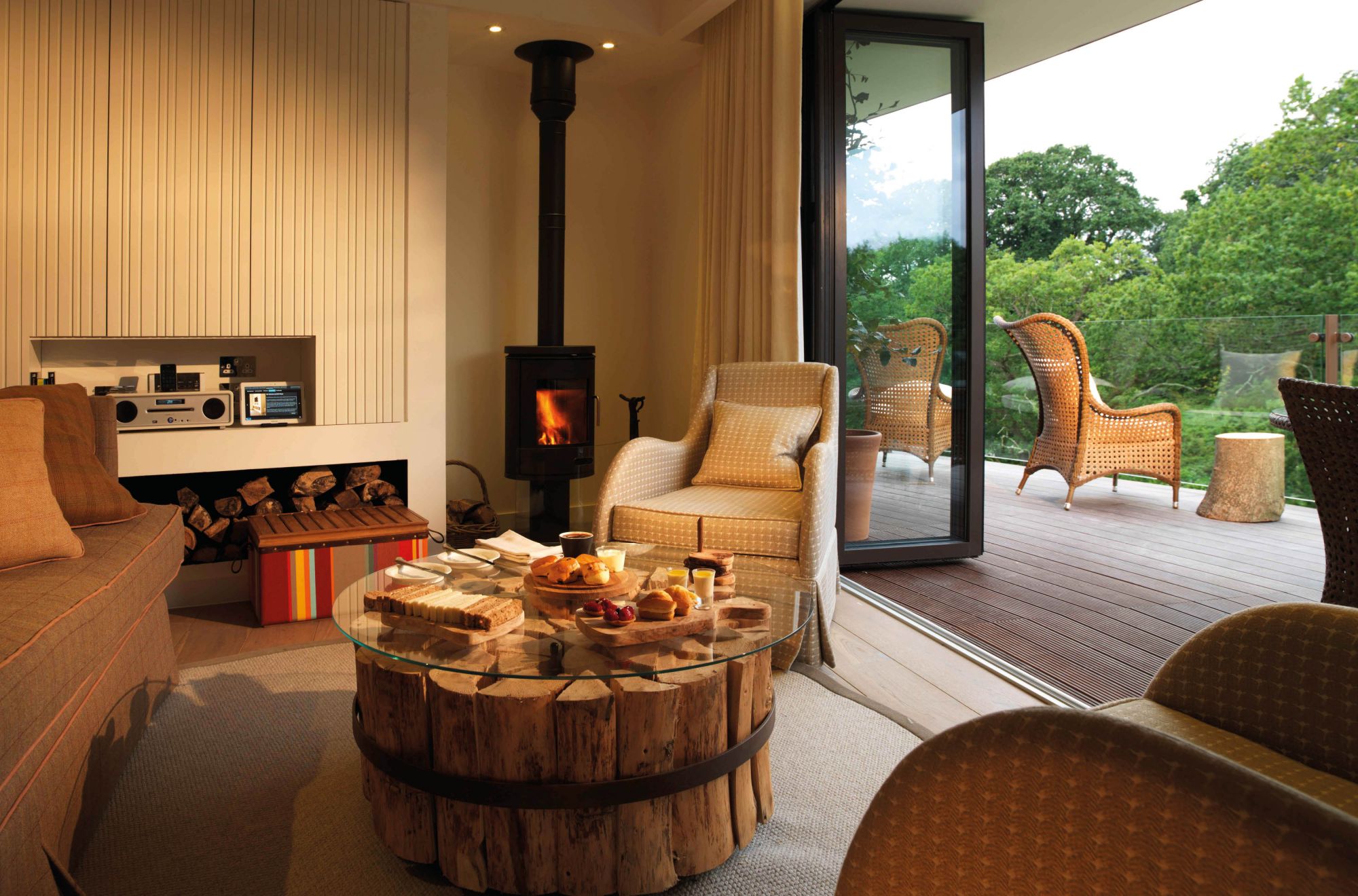Getting back to nature need not mean trading luxury for a bare-bones log cabin. Thoughtfully designed tents, yurts, huts and treehouses offer an authentic and sustainable way to connect with the great outdoors—and yourself
It’s never been easier to get away from it all and closer to nature in style, as the traditional outdoors travel experience is redefined with a new generation of discerning eco-conscious travellers in mind.
There is plenty of evidence that spending time in nature improves physical and mental health—benefits that are especially valued by millennials—and the travel industry is responding accordingly. Experts at the Global Wellness Summit 2019 recommended the hotel industry considers reflecting the recent trend that sees spending time in nature as a “gold standard for wellness.”
Indeed, architects and interior designers have already started to look more closely at the value that biophilic design—biophilia is Greek for ‘love of life and the living world’—adds as nature is incorporated into the man-made environment through sustainable materials, considered construction methods and energy-efficient appliances, or by adding an eco-conscious element to their design narratives. This goes beyond just including a lot of plants. The most successful designers evoke deep emotional elements of nature through patterns, textures, colours, furnishings and art that give the sensation of being outdoors.

A Different Perspective
Television programmes such as George Clarke’s Amazing Spaces and Netflix’s Cabins in the Wild have done much to generate interest in designs that reflect these natural attributes. For instance, the award-winning Woodsman’s Treehouse, designed by British architects Brownlie Ernst and Marks around an ancient oak tree in a forest in Dorset, was long listed for BBC television’s Grand Designs House of the Year 2018.
It combines a beautifully crafted aesthetic through natural materials that blend into the seductive scenery with playful factors such as access via a rope bridge, a rooftop spa and sauna, and a slide to the forest floor. Indoors, a quirky window inserted into the floor provides a different perspective on the surrounding woodland.
See also: Tatler Asia's Guide To The Best Places To Travel In 2020













